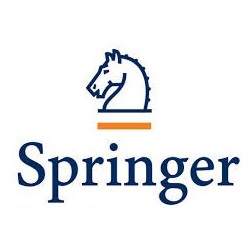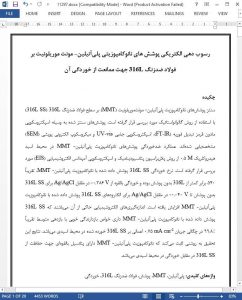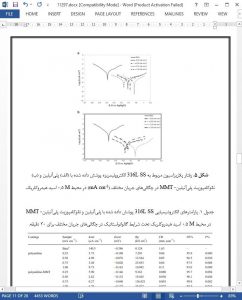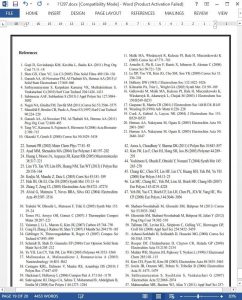Abstract
The synthesis of polyaniline- montmorrilonite (MMT) nanocomposite coatings on 316L stainless steel (316L SS) surface has been investigated by using the galvanostatic method. The synthesized coatings were characterized by Fourier Transform Infrared Spectroscopy (FT-IR), UV-visible absorption spectrometry and Scanning Electron Microscopy (SEM). The anticorrosion performances of polyaniline-MMT nanocomposite coatings were investigated in 0.5 M HCl medium by the potentiodynamic polarization technique and Electrochemical Impedance Spectroscopy (EIS). The corrosion rate of polyaniline-MMT nanocomposite coated 316L SS was found ∼540 times lower than bare 316L SS and potential corrosion increased from −0.386 V versus Ag/AgCl for uncoated 316L SS to −0.040 V versus Ag/AgCl for polyaniline-MMT nanocomposite coated 316L SS electrodes. Electrochemical measurements indicate that polyaniline-MMT nanocomposite coated have good inhibiting properties with mean efficiency of ~99.8 % at 0.75 mA cm−2 current density applied on 316L SS corrosion in acid media. The results of this study clearly ascertain that the polyaniline-MMT nanocomposite has an outstanding potential to protect 316L SS against corrosion in an acidic environment.
Introduction
Iron and its alloys are widely used in many applications and diversity of these applications were intensified the researches relating to enhancement of corrosion resistance of iron based metals in various neutral or aggressive environments [1–7] Type 316L stainless steel (316L SS) belong to a class of metals and alloys that are protected by a passive film formed on their surface. However, these alloys are susceptible to localised attack; even high alloyed steels may corrode in strong chloride solutions. The localised corrosion of 316L SS is one of the most serious problems facing the use of these alloys [8]. This localized attack is an especially important limitation of the material for biomedical applications [9, 10]. The release of metal ions such as iron, chromium and nickel in the biological environment surrounding the alloy results in a decreased biocompatibility. Several strategies have been used to generate more protective interfaces on stainless steels, including the use of conducting polymers [11–13].
Conclusions
The polyaniline and polyaniline-MMT nanocomposite coatings were successfully direct electrosynthesized on 316L SS substrates from aqueous solution containing H2SO4 and aniline monomers with dispersed MMT nanoparticles for nanocomposite. Uniform compact and adherent coatings can be obtained under galvanostatic condition. Four various current densities of 0.25, 0.5, 0.75 and 1.00 mA cm−2 were applied for the formation of polyaniline and polyaniline-MMT nanocomposite coatings on 316L SS. The results showed that the current density of 0.75 mA cm−2 for the polymerization stage is the best condition for the synthesis of more compact and strongly adherent polyaniline and polyaniline-MMT nanocomposite coatings on 316L SS. The polyaniline and polyaniline-MMT nanocomposite coatings were characterized by FT-IR, UV–vis and SEM and the corrosion resistant properties of the electropolymerized coatings were evaluated using Tafel polarization and electrochemical impedance spectroscopy in 0.5 M HCl medium. The coating porosity was estimated by using the potentiodynamic polarization measurements and it was found that the porosity values are significantly lower for the polyaniline-MMT nanocomposite coatings as compared to the polyaniline.











